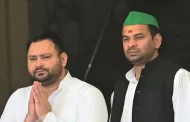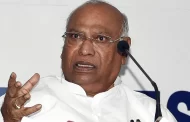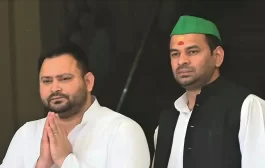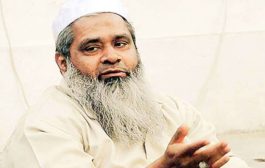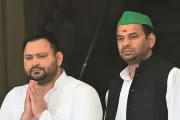The caste system as we know it today did not exist in Vedic times. But by the time Ramayana and Mahabharata were written, caste by-birth had become entrenched

Respected Yogi Shri Adityanath ji,
Speaking recently at the inauguration of ‘Samrasta Kumbh’, you reportedly said that the epics Ramayana and Mahabharata were written when Google did not exist and that the saints who contributed the Sanskrit shlokas were Dalits.
While you are right about Google, you would surely admit that when the Vedas were compiled, Sanskrit was clearly thriving as a living language with a very developed grammar.
But did India also have at the time the Chaturvanya version of the caste system which defined the order of caste hierarchies with Brahmin, Kshatriya, Vaishya and the Shudra in that order? Your proposition is problematic because the caste system as we know it today, did not exist in 1500 to 1000 BCE when Rigveda was composed by various Rishis.
Google also did not exist when the epics the Ramayana and Mahabharata were written, but verifiable rules Vedic of grammar and various poetic meters did and had been passed down to scholars and poets.
One is aware that the leadership of a state like Uttar Pradesh poses many challenges. As a mass leader one needs to constantly keep both the upper castes and the Dalits happy, and of course the OBCs whose rule your government overthrew not too long ago. So, one can sense the urgency for keeping the proverbial pot boiling in Ayodhya.
In the absence of clearance from the Supreme Court on the temple, you promised your upper caste voters that you would be installing a 200 metretall statue of Lord Ram on the banks of the Sarayu river. This was followed by your remark about Hanuman being a Dalit. That negated the good vibes created by the earlier promise on both sides of the caste divide. Now therefore comes the assertion that saints who composed the Vedic texts were predecessors of Dalits.
This is rather puzzling in view of the fact that actuallyManu’s injunctions led to the hierarchical caste system as we know it today. And the Manu-made caste system did not exist during the entire period during which the Vedic Richas were being composed.
First things first. The poetic couplets that Vedas contain, are not Shlokas. That particular form arrived later with the Anushtup and Gayatri meters. What the Vedas contain are Richas, also known as Mantras. Mantras are defined as evolved Truth as a radiant presence in poetry. And the Rishis who captured and composed the hymns and laid down the visions are known as Mantra Drishtas (Devasyapashya Kavyamnamamaarnajeevyati) or ‘Those who saw the poems that never age or die’.
Another name for Mantras was Brahma. And the word Brahmin as originally used in Vedas, has a very different meaning from the one that it carries today. The root of the word we are told, is the word Brahma meaning The Truth. The Brahman is defined as the Truthful One who neither fears(Vibheeto), nor falters(Rishyatah). And anyone who clears this high bar, qualifies as a Brahman, even the women.
The daughter of Rishi Ambhrana ,Vak, who composed the hauntingly beautiful Vak Sookta was one such Brahm Vadini. Another was Gargi.
As for men a young man, Jabali born of Jabala with no known father was dubbed a Brahmin. And a Kshatriya (from the word Raksha or one that protects) King Janashruti Parayana, due to his mean and petty behavior was dubbed a Shudra (from Kshudra or petty). So, learning or Gyan and temperament, were certainly the criteria that decided who was a Brahmin and who qualified as Kshudra or Shudra.
Titles such as the ones above began to harden into castes as groups formed through birth and were soon being used for political expediency or financial profits in the post-Vedic era. This was the time when the Sooktas were compiled into Samhitas by various kinds of scholars and priests.
While scholars slogged on, priests often overlooked the original meaning of much of the so called Brahmana literature (that also includes the Purush Sookta which first planted the seeds of a caste system based on birth ), which does not reflect the Indian society of the period(that consisted of various tribes, clans and occupations) in its entirety.
They reflected the views of a limited group of priests performing rituals for a fee for royalty or big farmers or rich traders. Among the compilations one honestly raises the question, “Why ask who was the father or the mother of a Brahmin? One who has known the knowable is his own father and his own grandfather as well.”(Kathak Samhita 30.2)
Yogi Ji, you might at some point like to revisit the teachings of Guru Gorakh Nath, the one who founded the sect that you head today. He says, while chasing Truth, a true Yogi is patient and humble. He must not talk too much, must not act heavy handedly but tread the earth gently, should give up arrogance and live a simple uncomplicated life
source: NH


